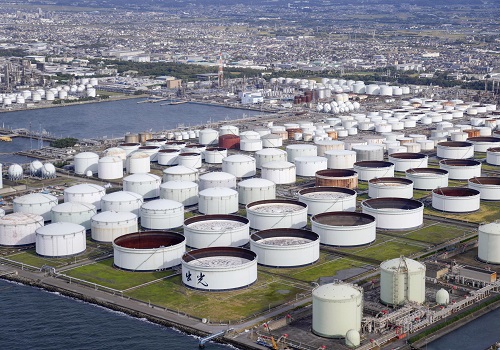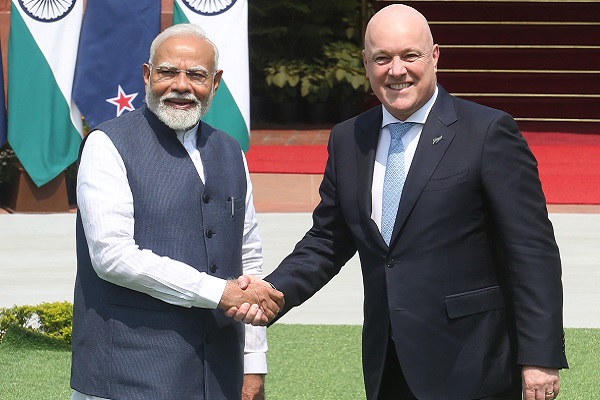IEA Fast-Tracks 2025 Oil Demand Forecast in Response to OPEC's Game-Changing Move by Amit Gupta, Kedia Advisory

The International Energy Agency (IEA) accelerates its 2025 oil demand forecast release to April, responding to OPEC's unprecedented early projection. With conflicting views on demand growth and investment, the clash between the two influential forecasters shapes the narrative for the oil market's trajectory. OPEC's surprising 1.8 million bpd increase forecast for 2025 adds to the uncertainty, contrasting the IEA's anticipation of demand peaking by 2030 and raising questions about the future of global energy dynamics.
Highlights
IEA Expedites 2025 Oil Demand Forecast: The International Energy Agency (IEA) plans to advance the publication of its first 2025 oil demand forecast by two or three months, moving it from June/July to April, in response to OPEC's early forecast release.
OPEC's Early Move: OPEC recently broke tradition by releasing its 2025 oil demand forecast six months ahead of schedule, projecting a 1.8 million barrels per day (bpd) increase in demand. This move is aimed at providing long-term guidance for the market.
Divergent Views on Demand Growth: The IEA and OPEC have conflicting views on oil demand growth. OPEC anticipates a continuous rise over the next two decades, while the IEA, representing industrialized nations, predicts a peak by 2030. This disparity influences investment decisions in new oil supply.
Clash Over Investment: The differing views between OPEC and the IEA have led to clashes over the need for investment in new oil supply. The IEA argues that the decline in fossil fuel growth diminishes the rationale for such investments.
2024 Demand Growth Discrepancy: OPEC forecasts a 2.25 million bpd increase in world oil demand for 2024, while the IEA expects growth to halve to 1.24 million bpd. The discrepancy is attributed in part to the impact of a growing global electric vehicle fleet on gasoline demand.
Uncertainty in the Oil Market: The oil market in 2024 has been marked by uncertainty, with concerns about the global economy and demand strength offsetting potential bullish impacts from possible supply disruptions.
Ongoing Debate on Peak Demand: OPEC Secretary General Haitham Al Ghais disputes the idea that oil demand is near a peak, reiterating the organization's call for continued investment in the oil industry.
Importance of Forecasts: Both the IEA and OPEC are influential forecasters, and their monthly reports can significantly impact oil prices while providing insights into the assumptions guiding OPEC's supply policy.
IEA's Medium-Term Outlook: The IEA's decision to expedite the 2025 oil demand forecast is to avoid overlap with its Medium-Term outlook in June, providing a detailed view of 2025 before extending projections to 2030.
Conclusion
As the IEA and OPEC engage in a forecasting duel, the early release of crucial oil demand projections intensifies the ongoing debate over investment and the industry's future. The contrasting visions underscore the pivotal juncture facing the energy sector, with implications for global economies and the urgency of transitioning to sustainable energy sources. Investors, policymakers, and industry stakeholders are closely watching these developments, as the world grapples with the pivotal question of when and how the era of fossil fuel dominance will give way to a more sustainable energy landscape.
Above views are of the author and not of the website kindly read disclaimer
























